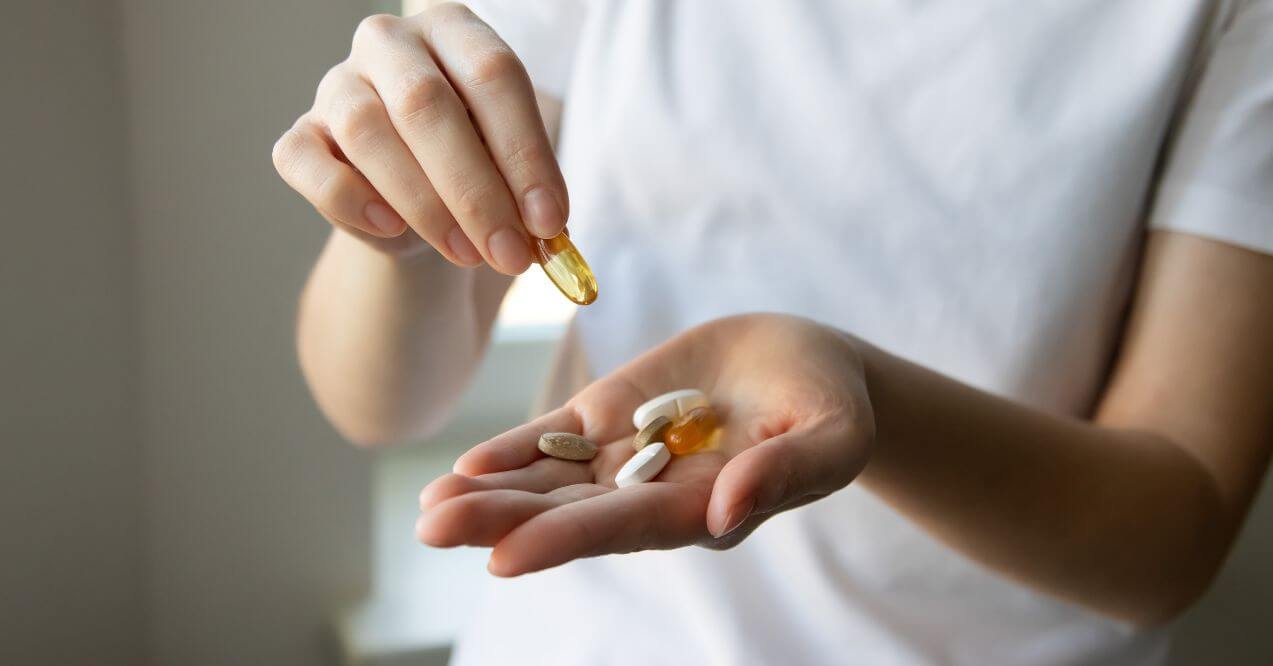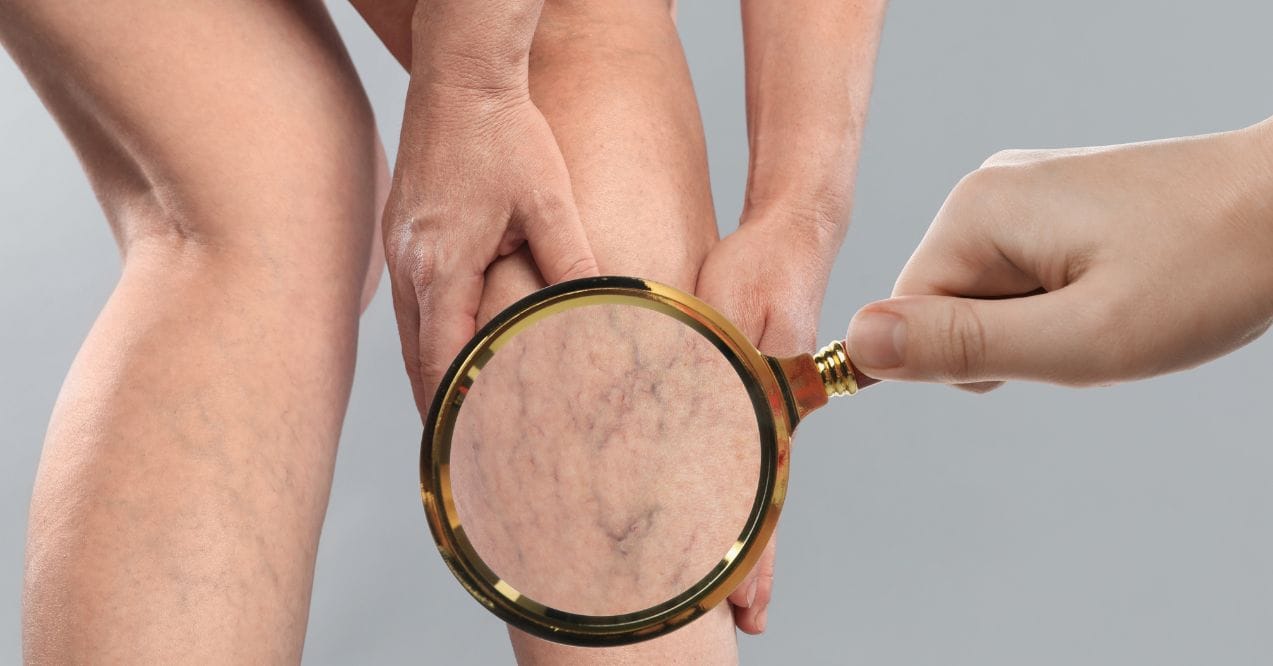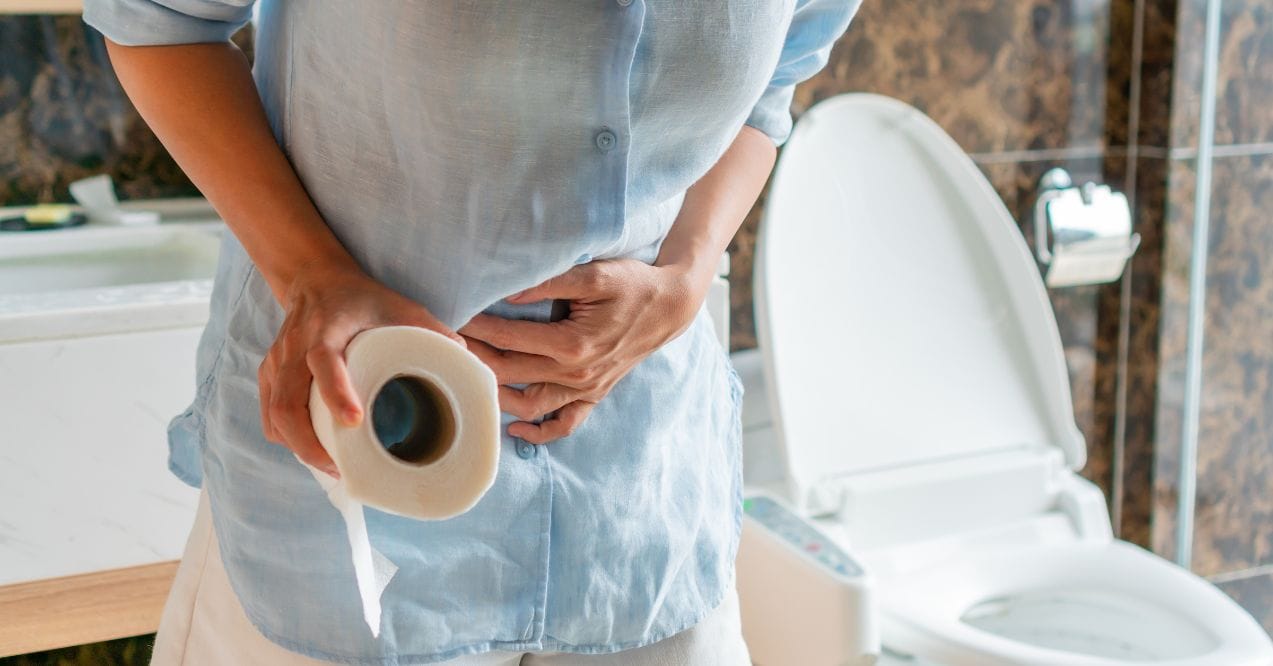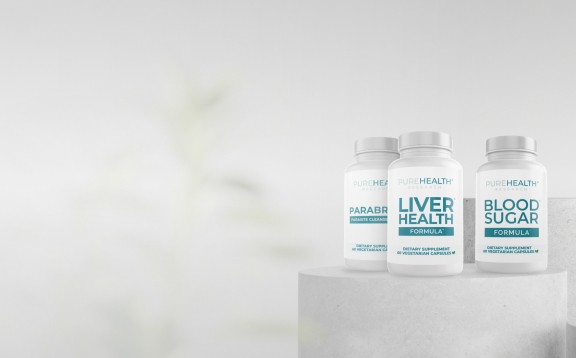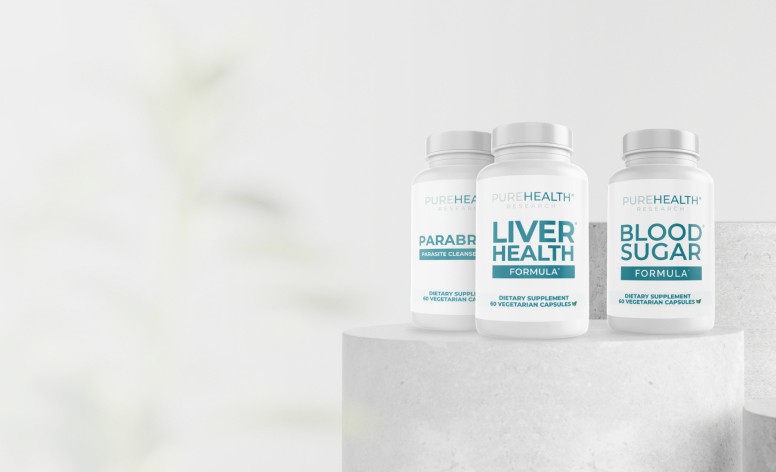15 Signs You Are Iron Deficient
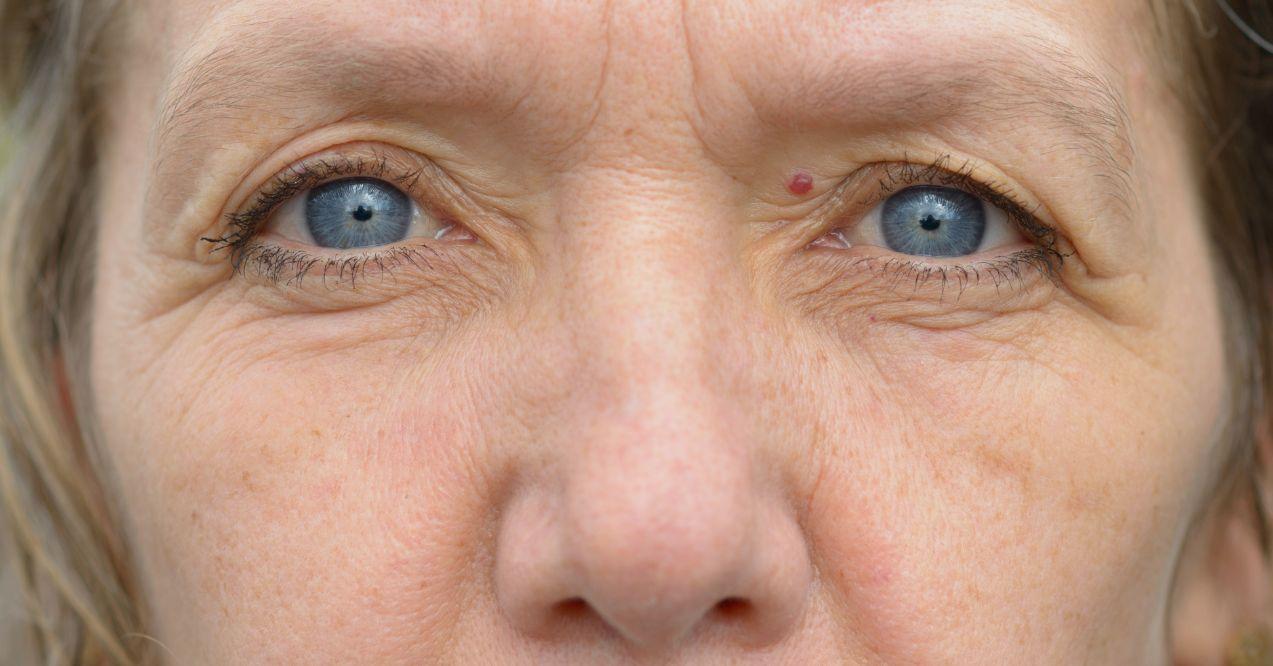

Diving into the often-misunderstood realm of iron deficiency, this blog post illuminates 15 signs you are iron deficient, providing key insights into this prevalent health concern. From the classic symptom of chronic fatigue to less obvious signs like hair loss and unusual cravings, each sign is a puzzle piece in understanding this common yet often neglected health issue.
Our bodies rely on iron for critical functions, such as oxygen transport and energy production. When these processes are disrupted due to low iron levels, the effects can be far-reaching. This guide not only lists the signs but also provides insights into why each symptom occurs and what it means for your overall health.
Whether you’re experiencing multiple symptoms or are simply keen on maintaining optimal health, this post offers valuable information that can empower you to take charge of your wellbeing. Let’s dive into the world of iron deficiency and arm ourselves with knowledge for better health.
Why Do We Need Iron?
Iron is a fundamental mineral in the human body, playing a pivotal role in numerous physiological processes. Its most crucial function lies in the formation of hemoglobin, a protein found in red blood cells. Hemoglobin is responsible for carrying oxygen from the lungs to various parts of the body, ensuring that organs and tissues receive the necessary oxygen to perform their functions effectively.
This oxygen transport is vital for energy production and overall cellular health. Without sufficient iron, the body cannot produce enough healthy red blood cells, leading to a condition known as anemia, characterized by fatigue and weakness.
Beyond its role in oxygen transport, iron is instrumental in muscle function. It is a key component of myoglobin, a protein that stores oxygen in muscles, allowing them to function efficiently and recover quickly during physical activity. This aspect is particularly important for athletes and those with physically demanding lifestyles.
The importance of iron extends to the immune system as well. It plays a vital role in immune cell production and function, enhancing the body’s ability to fight off infections and maintain overall health. Additionally, iron is one of the best vitamins for tired legs. Finally, adequate iron levels are essential for a robust immune response, making it a key nutrient in disease prevention and health maintenance.
Moreover, iron is crucial for cognitive development and functioning. It supports the growth and development of the brain, particularly during early childhood and adolescence. Studies have shown that iron deficiency can negatively impact cognitive abilities, concentration, and overall brain function. This highlights the importance of maintaining adequate iron levels for mental health and cognitive performance.
15 Signs That You Are Iron Deficient
Iron deficiency is a common yet often overlooked condition that can impact various aspects of health. Recognizing its signs is crucial for timely intervention. Here, we discuss 15 signs you might be iron deficient, ranging from general fatigue and weakness to more specific symptoms like hair loss and brittle nails. Each of these signs provides important clues about your body’s iron levels, helping you identify and address potential deficiencies for better overall health.
1. Hair Loss

The impact of iron deficiency on hair is not immediate; it’s a gradual process. Initially, individuals might notice their hair becoming thinner, more brittle, and lackluster. Over time, this can progress to more noticeable hair thinning and increased shedding. This symptom is particularly concerning because hair health is often seen as a reflection of overall health and well-being.
Moreover, iron deficiency can disrupt the hair growth cycle. Normally, hair follicles go through growth, resting, and shedding phases. However, when the body is low on iron, many hair follicles may enter the resting phase simultaneously, leading to noticeable hair loss.
2. Trouble to Focus
One lesser-known sign of iron deficiency is a marked difficulty in maintaining focus. Iron is crucial for brain function, particularly in the synthesis of neurotransmitters that regulate attention and cognition. When iron levels are low, there’s a noticeable dip in these cognitive functions, leading to an inability to concentrate and a general sense of mental fog. This can manifest in everyday activities, making tasks that require sustained attention more challenging.
Often mistaken for mere fatigue or stress, this symptom highlights the intricate link between nutrition and brain health, underscoring the importance of recognizing and addressing iron deficiency.
3. Restless Leg Syndrome
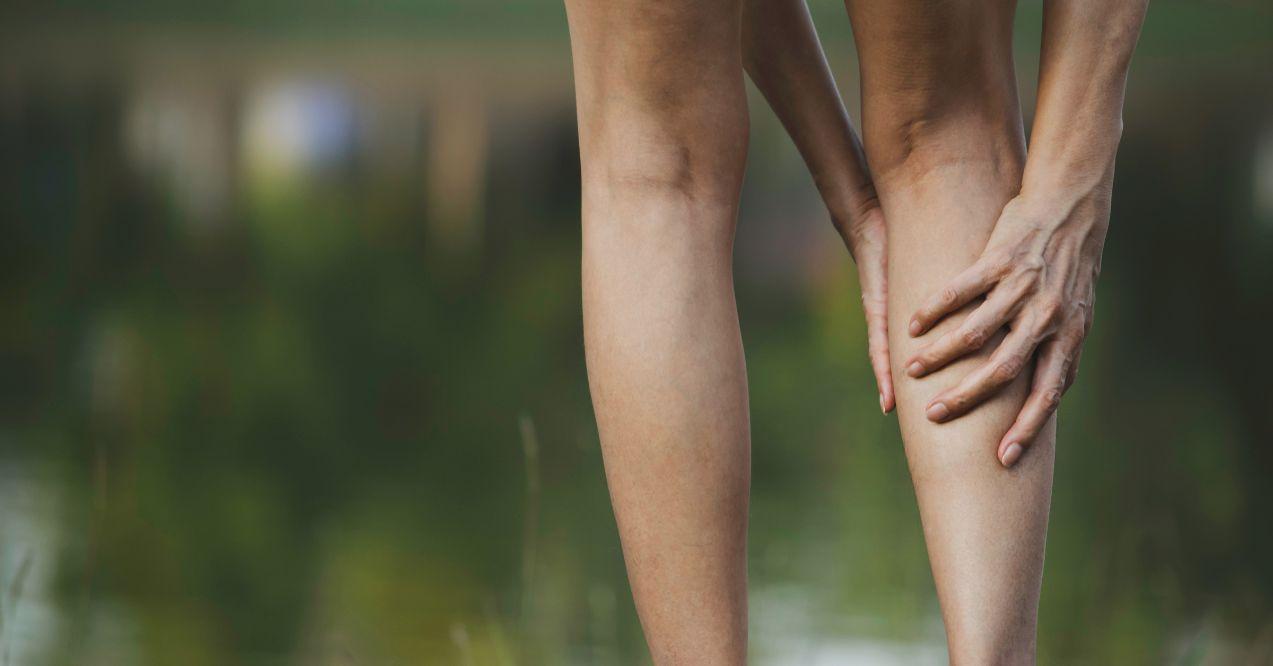
A less commonly known sign of iron deficiency is the sensation of tingling or restlessness in the legs, often referred to as Restless Leg Syndrome. This peculiar sensation can range from a mild tingling to an irresistible urge to move the legs, especially during periods of rest or inactivity. Iron is vital for muscle and nerve function, and when levels are low, it can lead to neurological changes that manifest as these uncomfortable sensations.
This symptom is not just a mere discomfort but can significantly impact sleep quality and overall well-being, emphasizing the broader implications of maintaining adequate iron levels in the body.
4. Irregular Heart Rate
One of the more serious signs of iron deficiency is an irregular heart rate, often experienced as heart palpitations or an abnormally fast heartbeat. Iron is integral to the production of hemoglobin, the protein in red blood cells that carries oxygen. When iron levels are low, the heart must work harder to circulate oxygen-rich blood throughout the body, which can lead to arrhythmias or irregular heartbeats.
This symptom can be particularly alarming, as it not only affects physical comfort but also raises concerns about overall cardiovascular health, underscoring the importance of addressing iron deficiencies promptly and effectively.
5. Muscle Cramps

Among the varied signs of iron deficiency, muscle cramps stand out as a particularly distressing symptom. Iron plays a critical role in muscle health and function, as it is essential for the formation of myoglobin, a protein that supports muscle oxygenation. So, can low iron cause muscle cramps? When the body lacks sufficient iron, muscles may not receive enough oxygen, leading to frequent cramps and aches, especially in the legs.
These cramps often manifest during physical activities or at night, disrupting daily routines and sleep patterns. This symptom is a stark reminder of how iron deficiency can directly impact muscular health and comfort.
6. Pale Complexion
A pale complexion is one of the most visible signs of iron deficiency. Iron is essential for hemoglobin production in red blood cells, which gives blood its rich, red color. When iron levels are low, it leads to a decrease in hemoglobin, causing the skin to lose its natural, healthy color and appear more washed out or pale, especially noticeable in the face and inner eyelids.
This loss of color is more than just a cosmetic concern; it’s a telling sign of the body’s struggle to maintain adequate iron levels, impacting overall vitality and health.
7. Bruising
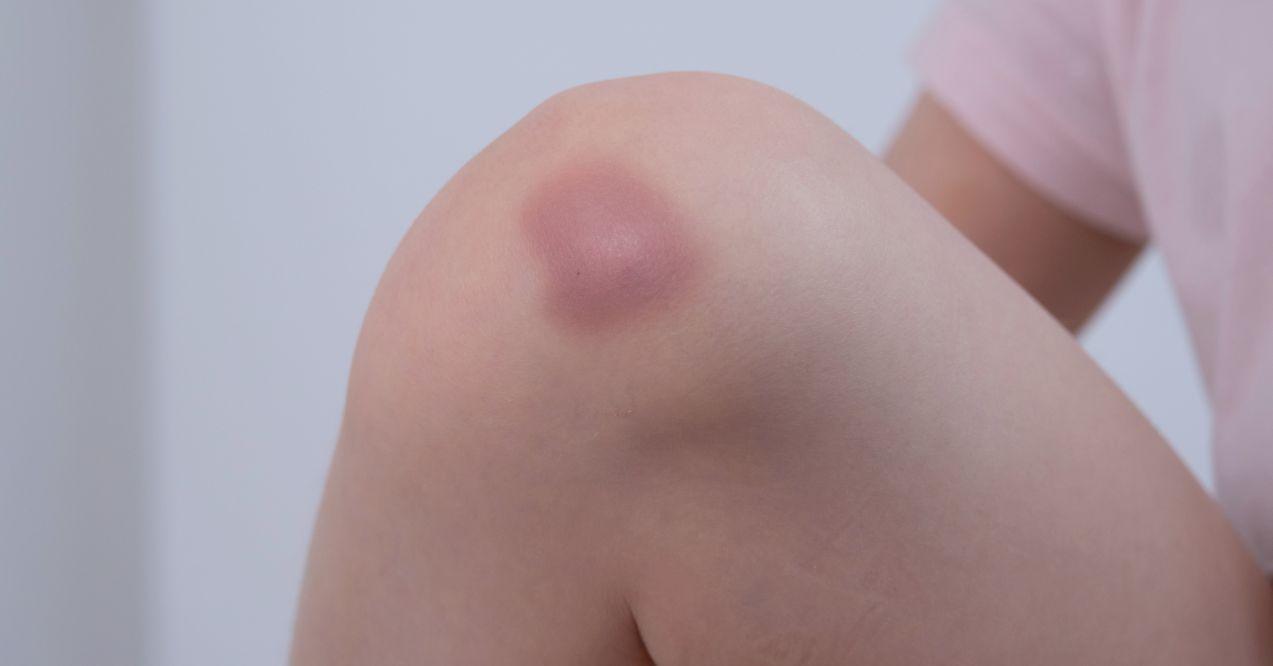
Does iron deficiency cause bruising? Easy bruising is a subtle yet significant sign of iron deficiency. Iron plays a vital role in maintaining healthy blood vessels and supporting the body’s clotting mechanisms. When iron levels are insufficient, blood vessels can become more fragile, leading to an increased tendency to bruise, even from minor bumps or injuries. These bruises often appear without a clear cause and can be more prominent on the skin.
Additionally, iron deficiency can manifest as angular cheilitis, a condition characterized by inflammation and painful cracks at the corners of the mouth. This symptom is indicative of the impact of iron deficiency on skin and mucosal health, further emphasizing the body’s need for adequate iron.
These symptoms together – easy bruising and iron deficiency angular cheilitis – not only reflect the body’s weakened ability to protect blood vessels and maintain skin integrity but also signal a deeper issue with blood composition and overall health, making them noteworthy indicators of potential iron deficiency.
8. Headaches and Migraines
Frequent headaches and migraines can be a less obvious yet distressing sign of iron deficiency. Iron is essential for oxygen transport in the blood, and when its levels are low, it can lead to reduced oxygen flow to the brain. This decrease in oxygen can trigger headaches and migraines, as the brain struggles to function optimally under these conditions. These headaches can vary in intensity and frequency, often exacerbating during physical or mental exertion.
This correlation between iron deficiency and headaches highlights not only the importance of iron for overall health but also its specific role in maintaining normal brain function and preventing such neurological discomforts.
9. Cold Hands and Feet

One of the less obvious but telling signs of iron deficiency is persistently cold hands and feet. Iron plays a crucial role in regulating body temperature. When iron levels are low, it leads to poor blood circulation, particularly in the extremities, as the body prioritizes maintaining core temperature. This results in hands and feet feeling unusually cold, a condition often exacerbated in cooler environments.
This symptom, while seemingly minor, is a clear indicator of the body’s struggle to distribute oxygen and maintain optimal temperature regulation due to inadequate iron levels, underscoring the broader impact of this deficiency on overall well-being.
10. Unexplained Anxiety
A less recognized yet significant sign of iron deficiency is the experience of unexplained anxiety. Iron is crucial for the proper functioning of neurotransmitters, chemicals in the brain that regulate mood and stress responses. When iron levels are insufficient, there can be a disruption in these neurotransmitters, leading to feelings of anxiety and unease without any apparent external cause.
This symptom can be particularly perplexing as it often appears unrelated to life events or stressors, highlighting the intricate link between physical health and mental well-being and the role iron plays in maintaining both.
11. Fatigue and Weakness

Why does my body feel heavy? Well, among the most common 15 signs you are iron deficient there is a persistent sense of fatigue and weakness, often without a clear cause. Iron is essential for producing hemoglobin, the protein in red blood cells that carries oxygen throughout the body. When iron levels are low, less oxygen reaches the cells and tissues, leading to a chronic feeling of tiredness and a lack of energy, even after adequate rest.
This fatigue can be debilitating, affecting daily activities and overall quality of life. It’s a symptom that can easily be mistaken for general weariness but often points to the deeper issue of iron insufficiency
12. Shortness Of Breath
Shortness of breath, often experienced during routine activities or mild exertion, can be a significant indication of iron deficiency. Iron’s primary role in the body is to form hemoglobin, a key component of red blood cells responsible for transporting oxygen. When iron levels are insufficient, the body struggles to deliver enough oxygen to muscles and organs, leading to a feeling of breathlessness.
This symptom can be particularly noticeable during physical activities, climbing stairs, or even walking, as the body’s demand for oxygen increases, highlighting a critical but often underestimated impact of iron deficiency on respiratory health.
13. Brittle Nails
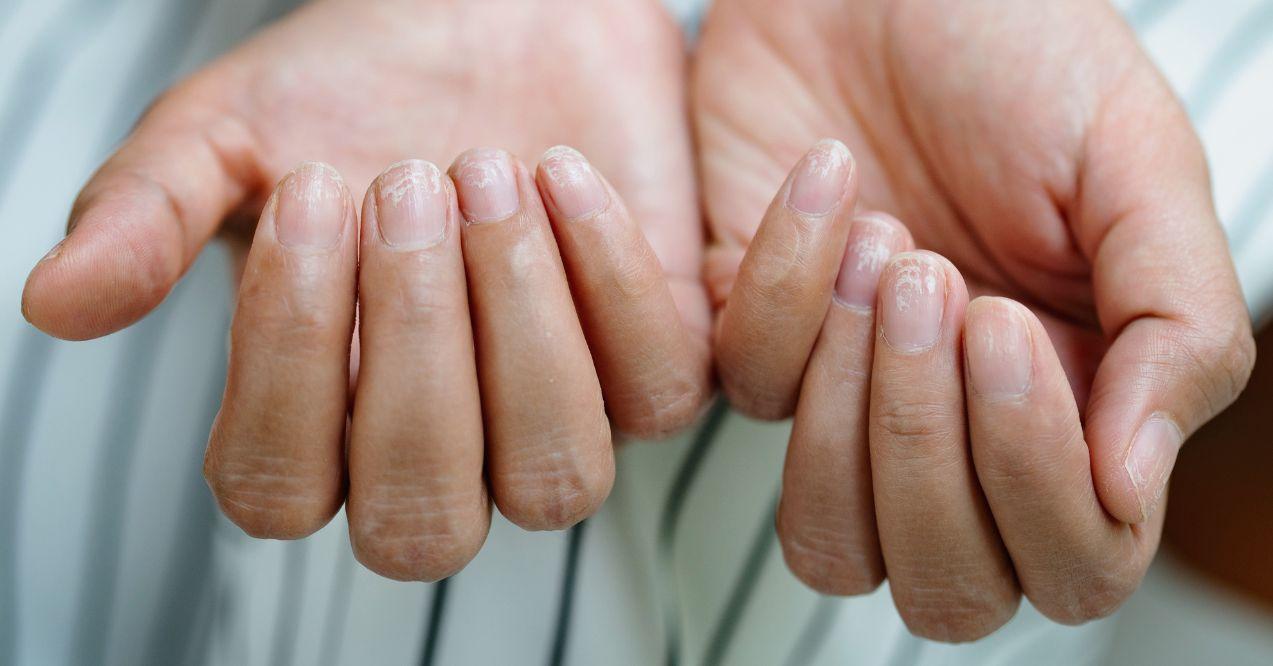
Brittle nails are a subtle yet revealing sign of iron deficiency. Iron is vital for numerous bodily functions, including nail growth and health. When the body lacks adequate iron, nails can become weak, thin, and prone to breaking easily. This condition, often characterized by nails that split or crack, is more than just a cosmetic concern; it’s a tangible indicator of the body’s struggle to maintain essential iron levels.
Brittle nails due, one of 15 signs you are iron deficient can also appear as concave or spoon-shaped, further underscoring the importance of this mineral in maintaining not just overall health, but also the integrity of our nails.
14. Sore or Swollen Tongue
A sore or swollen tongue is an unusual but significant sign of iron deficiency. Iron is essential for maintaining healthy mucosal tissues, including those in the mouth and tongue. When iron levels are low, it can lead to a condition known as glossitis, characterized by inflammation, swelling, and soreness of the tongue. This condition often results in a smooth, tender tongue with a change in color or texture.
The discomfort can extend to difficulties in eating and speaking, highlighting how iron deficiency can manifest in specific and sometimes unexpected ways, affecting even the smallest parts of the body.
15. Tingling Legs
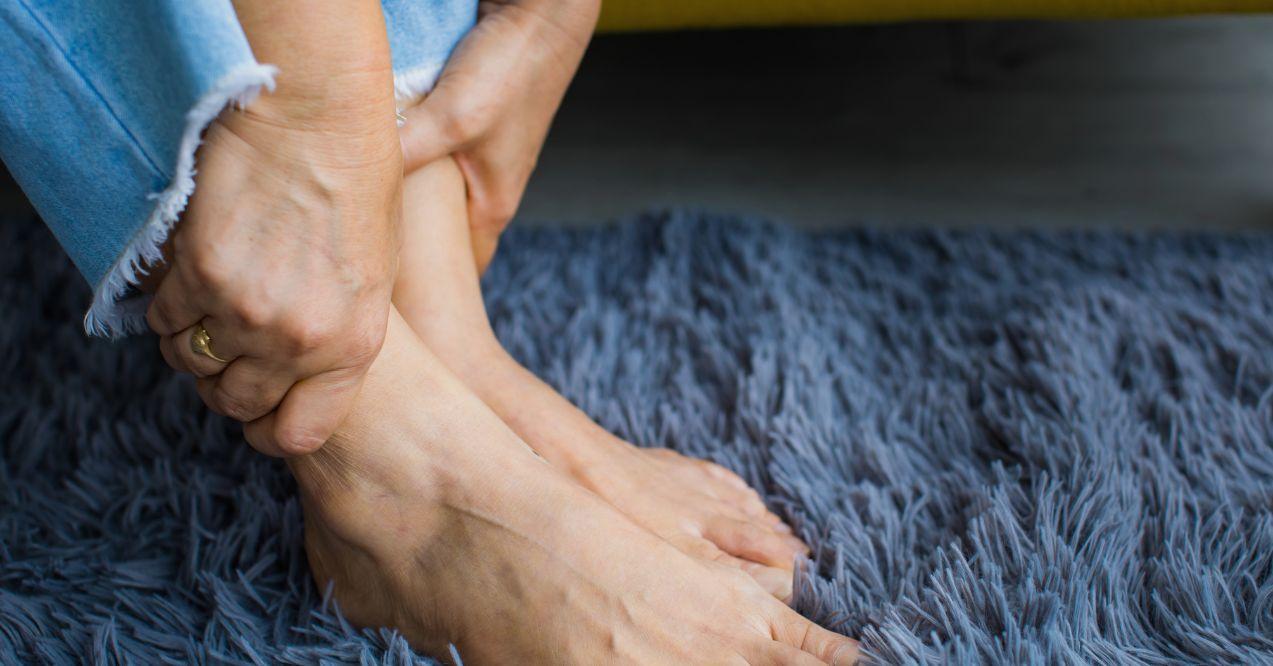
Experiencing a tingling sensation in the legs can be a distinct indication of iron deficiency, separate from Restless Leg Syndrome. This sensation, often described as a feeling of ‘pins and needles,’ arises when iron levels are insufficient for optimal nerve function. Iron plays a critical role in nerve health, and a deficiency can lead to neurological symptoms, including this uncomfortable tingling. Typically felt in the lower extremities, it can occur sporadically or persistently, and is particularly noticeable when sitting or lying down.
This symptom serves as a reminder of the intricate role iron plays in maintaining not just blood health, but also nerve function throughout the body.
Causes of Iron Deficiency
Iron deficiency emerges from a variety of sources, making it a widespread nutritional issue. One of the primary causes is inadequate dietary intake. Many individuals fail to consume enough iron-rich foods, a problem often exacerbated by restrictive diets or limited access to diverse food sources.
Another key factor is the increased demand for iron during pregnancy. The body’s need for iron surges to support fetal growth and expand the mother’s blood volume, often outpacing the intake through diet alone. Blood loss is another significant contributor to iron deficiency. For women, regular menstrual cycles can result in substantial iron loss, especially in cases of heavy bleeding.
Chronic, unnoticed blood loss, possibly due to internal issues, can also gradually deplete iron reserves, often without obvious symptoms until the deficiency becomes pronounced. Furthermore, issues with nutrient absorption can lead to iron deficiency.
Some individuals may have conditions that hinder the effective absorption of iron from their diet, even if their intake is adequate. This could be due to problems in the digestive system or the impact of certain medications that interfere with iron absorption.
These varied causes highlight the multifaceted nature of iron deficiency. It’s not merely a matter of poor diet, but a complex interplay of dietary habits, physiological changes, bodily losses, and absorption challenges. Understanding these factors is crucial for addressing iron deficiency effectively, tailoring prevention and treatment approaches to the diverse needs and circumstances of those affected.
Treatment and Prevention
Iron deficiency, a widespread nutritional concern, requires a proactive approach for effective treatment and prevention. A cornerstone of addressing this issue is dietary modification to ensure a balanced intake of iron-rich foods. Incorporating both heme (animal-based) and non-heme (plant-based) iron sources is crucial.
Heme iron, found in meats and fish, is readily absorbed by the body, while non-heme iron, present in leafy greens, beans, and fortified cereals, is enhanced when consumed with vitamin C-rich foods like citrus fruits. In cases where dietary changes are insufficient, iron supplements are a common treatment option.
They are particularly useful in rapidly replenishing iron levels, especially in individuals with significant deficiencies or those who have difficulties in maintaining adequate iron levels through diet alone. It’s important to consult a healthcare professional before starting supplements, as excessive iron can be harmful.
For those seeking the best vitamins and supplements for energy, especially when combating iron deficiency, it’s essential to look for products containing iron in combination with vitamin C, which aids in iron absorption.
Additionally, B vitamins, particularly vitamin B12 and folate, can complement iron supplementation by supporting red blood cell production and overall energy levels. Preventive measures are equally important, especially in high-risk groups such as women of childbearing age, pregnant women, and individuals with dietary restrictions. Regular screening for iron deficiency and a conscious effort to include iron-rich foods in the diet can help prevent the condition from developing.
Click here to explore our range of products designed to support optimal health and boost energy naturally.
Recommended Daily Intake of Iron
Iron, an indispensable mineral, has a recommended daily intake that varies significantly across different age groups, genders, and life stages, reflecting the diverse needs of the human body.
- For adult men, the recommended daily intake is typically around 8 mg, acknowledging their consistent need for iron.
- Women, on the other hand, require more — about 18 mg daily — due to menstrual blood loss, with this recommendation adjusting as they age.
- Post-menopausal women can generally reduce their intake to about 8 mg, aligning with the male recommendation, as their menstrual cycle ceases.
- Pregnancy brings a substantial increase in iron requirements, soaring to about 27 mg daily. This heightened demand supports fetal development and compensates for the increased blood volume in expectant mothers.
- Lactating women, however, can reduce their intake slightly, as iron requirements during breastfeeding are not as high as during pregnancy.
- Children and adolescents also have varied needs. Infants, from birth to six months, typically require about 0.27 mg, due to their rapid growth and the iron they received in utero. As they grow, the requirement increases, with children aged 7 to 12 months needing about 11 mg.
- Teenagers require more iron, particularly girls due to the onset of menstruation, necessitating about 15 mg daily for females and 11 mg for males.
Understanding these diverse needs is vital for maintaining optimal health at each stage of life. Adequate iron intake supports crucial bodily functions, from oxygen transportation to cognitive development, underscoring the importance of tailoring dietary and supplement choices to meet these evolving requirements.
Conclusion
Iron is essential for forming hemoglobin in red blood cells, supporting oxygen transport, muscle function, immunity, and cognition. Deficiency can cause anemia, leading to fatigue and weakness.
15 signs you are iron deficient include hair loss, difficulty focusing, muscle cramps, irregular heart rate, pale skin, easy bruising, headaches, cold extremities, anxiety, fatigue, shortness of breath, brittle nails, a sore tongue, and tingling legs.
Common causes include poor diet, pregnancy, menstrual cycles, blood loss, and absorption issues. Prevention involves iron-rich foods, supplements, and vitamin C for better absorption.
Daily needs vary: men and postmenopausal women need 8 mg, women 18 mg, and pregnant women 27 mg. Children and teens require different amounts based on growth.
Yes, iron deficiency can lead to easy bruising. Iron is crucial for maintaining strong blood vessels and supporting the body’s clotting mechanisms. When iron levels are low, blood vessels become more fragile, increasing the likelihood of bruising from even minor bumps or pressures.
Yes, low iron levels can cause muscle cramps. Iron is vital for forming myoglobin, a protein in muscles that aids in oxygenation. Insufficient iron disrupts oxygen supply to muscles, leading to cramps and discomfort, particularly during physical activity or at night.
Yes, iron deficiency and headaches are related. Low iron levels can reduce oxygen flow to the brain, triggering headaches and migraines. This occurs as the brain struggles with decreased oxygenation, leading to these neurological discomforts.
Treating iron deficiency primarily involves increasing dietary iron intake through foods rich in heme (animal-based) and non-heme (plant-based) iron, and taking iron supplements as recommended by a healthcare professional. Vitamin C intake is also encouraged to enhance iron absorption.




